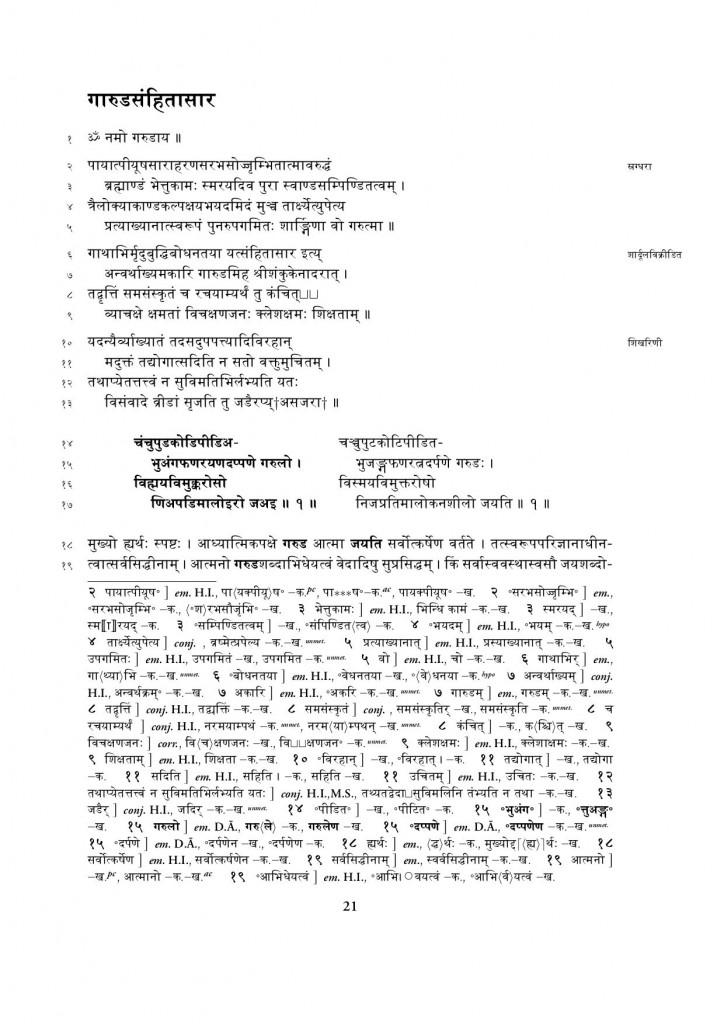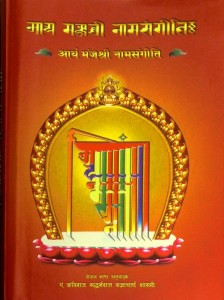Angelo Andrea Di Castro and David Templeman (eds). Asian Horizons: Giuseppe Tucci’s Buddhist, Indian, Himalayan and Central Asian Studies. Serie Orientale Roma CVI / Monash Asia Series. Melbourne: Monash University Publishing, April 2015. xxvi+613 pp. AUD$99. ISBN (pb): 978-1-922235-33-6; (epub): 978-1-922235-34-3.
Preface …… xi
Introduction …… xix
I
Gustavo Benavides. Giuseppe Tucci, Anti-Orientalist …… 3
Francesco D’Arelli. A Glimpse of some Archives on Giuseppe Tucci’s Scientific Expeditions to Tibet: 1929–1939 …… 16
Ruth Gamble. The problem with folk: Giuseppe Tucci and the transformation of folksongs into scientific artefacts …… 45
Alex McKay. ‘A very useful lie’: Giuseppe Tucci, Tibet, and scholarship under dictatorship …… 68
Francesco Sferra. The ‘thought’ of Giuseppe Tucci …… 83
II Continue reading “Di Castro & Templeman (eds), Asian Horizons (2015)”



